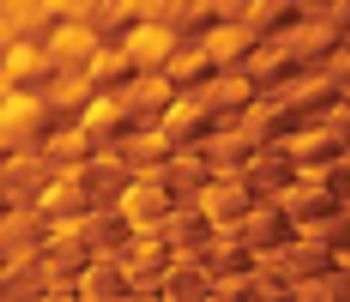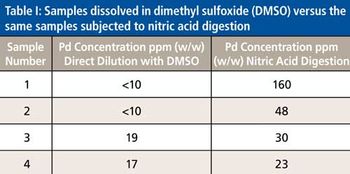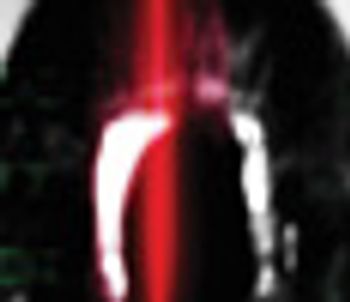Vincent Motto-Ros of Lyon 1 University, in Lyon, France, is combining the ability of atomic spectroscopy techniques to detect and quantify metals with the mapping approaches most often used with molecular techniques. He has combined laser-induced breakdown spectroscopy (LIBS) with electron microscopy to map the metals and metallic nanoparticles in biological tissue, as a way of studying the update and clearance of these materials by biological systems. In this interview, he discusses his work applying LIBS to biological analysis, including the methods, advantages, and future directions.






